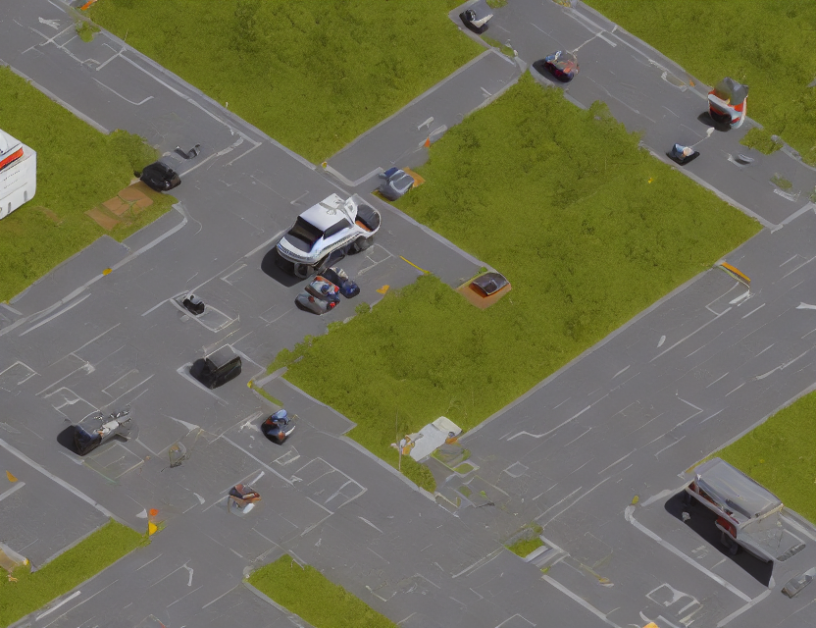In this article, we delve into the world of computer vision and target detection using the YOLO (You Only Look Once) framework. We explore the significance of keywords like "DIoU," "distance estimation," and "nonparametric testing" to comprehend the context of the research. The authors present a novel approach to predicting distances and providing safety suggestions based on estimated distances. They introduce an improved model that utilizes distance estimation and nonparametric testing for better performance.
The article begins by introducing the context of air pollution from motor vehicles, highlighting the importance of understanding the relationship between vehicle traffic and health risks. The authors then delve into the complexities of target detection and estimation in computer vision, emphasizing the need for accurate distance measurements.
To illustrate their points, the authors use engaging analogies, such as comparing the process of distance estimation to a "mental map" that helps us navigate through unfamiliar territories. They also employ metaphors like "remote sensing" to describe the process of using technology to detect and measure distances without being physically present.
The authors then dive into the specifics of their improved model, explaining how it utilizes distance estimation and nonparametric testing for more accurate predictions. They provide a detailed explanation of each step in the process, ensuring that readers can follow along easily.
Throughout the article, the authors demonstrate a clear passion for their work, making complex concepts accessible to a broad audience. By using relatable language and engaging analogies, they successfully convey the significance of their findings and their potential impact on the field of computer vision.
In conclusion, this article provides a thorough overview of target detection and estimation in YOLO, emphasizing the importance of distance measurement and accuracy. The authors’ use of relatable language and engaging analogies makes complex concepts more accessible to readers, providing a comprehensive understanding of their novel approach to predicting distances and providing safety suggestions.
Computer Science, Computer Vision and Pattern Recognition
Enhancing YOLOv5 for Real-Time Vehicle Detection with SE Attention Module



